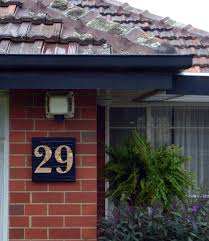Moderate Optimism in Housing Market
Monday, January 21st, 2019It’s believed that predicting the future of any real estate market is a little like rolling the dice. You always hope for the best but know that factors outside your control can tamp down even the most optimistic expectation.
That said, 2019 should be a year in which we approach the Toronto real estate market with guarded optimism. Given its unbridled and record-setting growth in recent years, a kinder, gentler market may be just what the doctor ordered.
2018 was a year of self control for the local market thanks to a number of factors, including rising interest rates and tougher government policies. The government-imposed stress test for mortgages definitely played a significant role. Under the new policy change that came into effect one year ago, buyers had to qualify for a mortgage that was larger than they were applying for. This stricter stress test was imposed due to fears that homebuyers would not be able to service their mortgage debts should interest rates rise suddenly.
Earlier, in the spring of 2017, the Ontario government’s Fair Housing Plan, a move that also caused the market to struggle. The 16-point plan called for a number of policy changes, including expanded rent controls to all private rental units and a 15 per cent tax on foreign buyers.
According to the Canada Mortgage and Housing Corporation (CMHC), existing home sales and starts will post a partial recovery in 2019 after a somewhat dampened 2018. The CMHC expects that buyers will re-enter the market based on the strength of strong-than-expected job growth and in-migration.
“Our key take-away from this year’s outlook is moderation in Canada’s housing markets for 2019 into 2020,” says CMHC chief economist Bob Dugan. “Housing starts are expected to decline from the higher levels we’ve seen recently. We expect resales in 2019 and 2020 to remain below recent peaks while prices should reach levels that are more in line with economic fundamentals such as income, job and populations growth.”
The CMHC report goes on to say that given the GTA’s balanced market conditions, it expects moderate sales growth and the growth of home prices in line with inflation over the next two years. “The rising costs of home ownership will result in strong rental demand while new supply will add some upward pressure on vacancy rates,” says the housing market activity report. “Toronto buyers should see more housing choices as builders concentrate their efforts on new high-rise projects.”
According to the Financial Post, Toronto’s booming condo development will slow down with growth continuing but at a more restrained pace.
Sources: www.financialpost.com, www.cmhc.ca, www.newswire.ca, www.torontostoreys.com,










